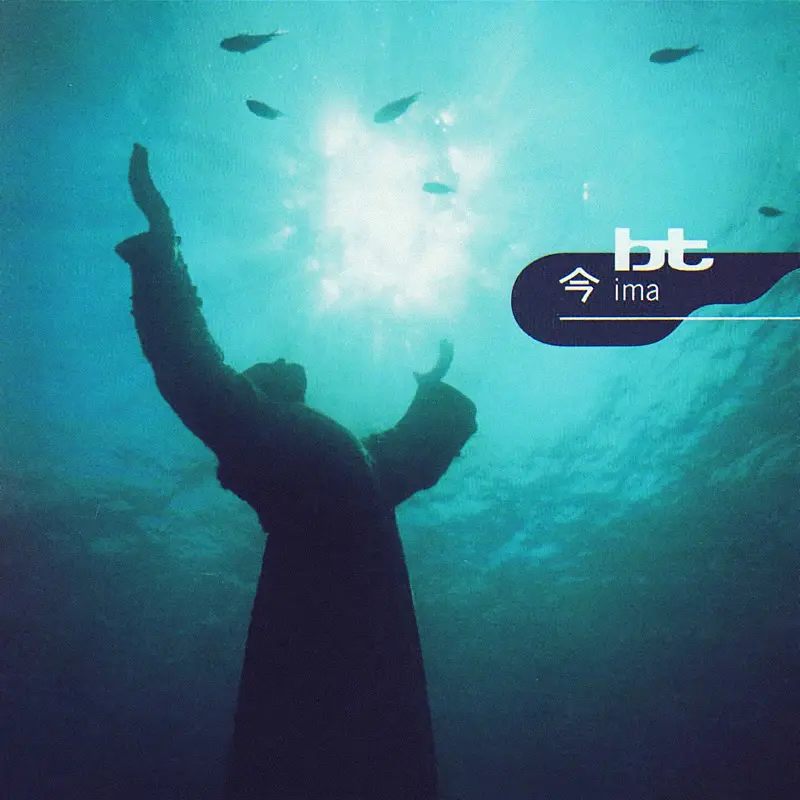BT — Ima. Story behind the amazing progressive trance album

Two years ago, Brian Transeau’s Ima turns 20. You can hear some of its echo in the following ESCM, but he’ll never be that epic again. Ima was a real reflection of the time. It sounds like a combination of ethnic new age which had a revival in the early 90s and the new sound of house and trance music. And it’s British music, even though Brian himself is from the US. Ima attracts you with its naivety and joy of living. The Japanese name Now sounds exactly like a statement: this is how music sounds now. And in 1994—1995 it really was the cutting edge. But this edge wasn’t recognised in his own country one of BT’s earliest works, Embracing the Future, which came out in 1993, got into the hands of Sasha who already was a British progressive house icon. Later, he’d make his own version of it, and it’d become an introduction to the 40 minute trip included in all editions of Ima. Sasha explained to Brian, who before that was unsuccessfully trying to get his share for participating in Deep Dish duo records in Maryland, how much Embracing the Future excites the British public. Sasha and Guy Oldhams brought him to the UK.
“After releasing Embrasing the Future for MusicNow I got a call from Sasha. I had no idea who he was at the time I was just insanely impressed to have someone on the phone who had an English accent! I remember him specifically saying The music that you’re making is important, and people are going to embrace it in the country. I thought Wow, this is really intense. Sasha the bought me a plane ticket to England, and I signed to Perfecto on that trip.


